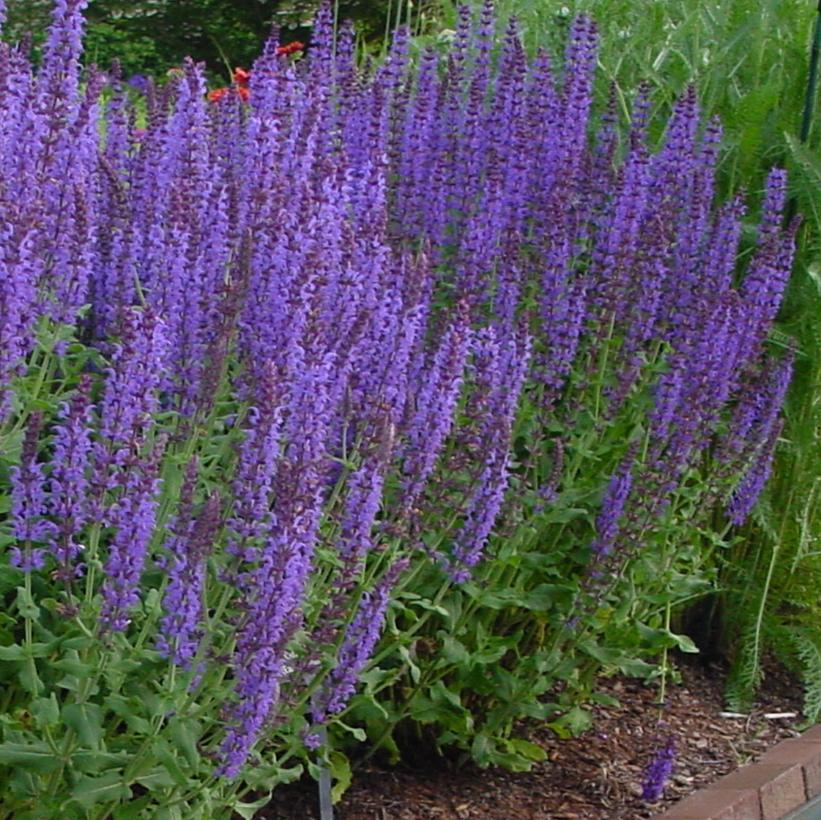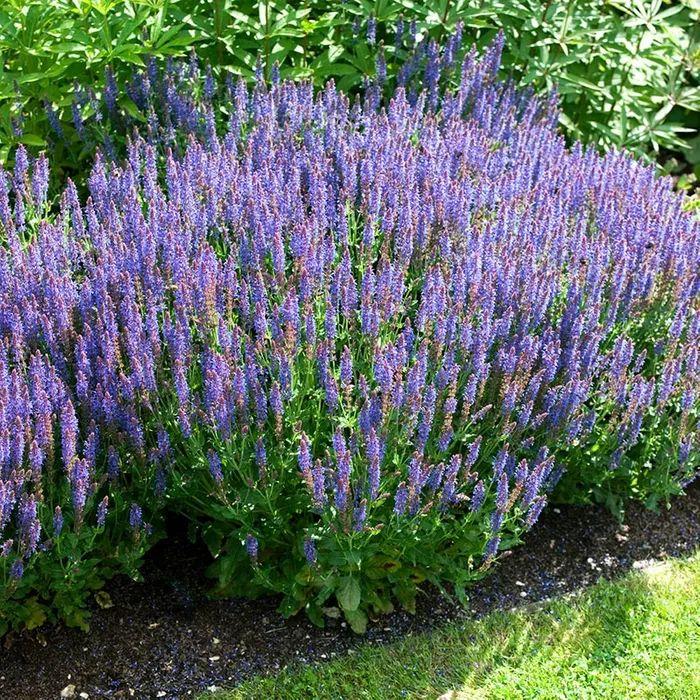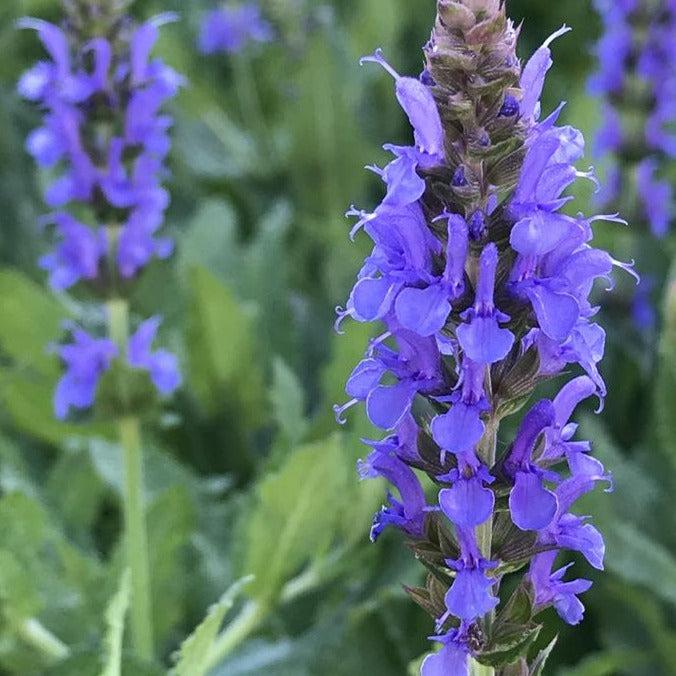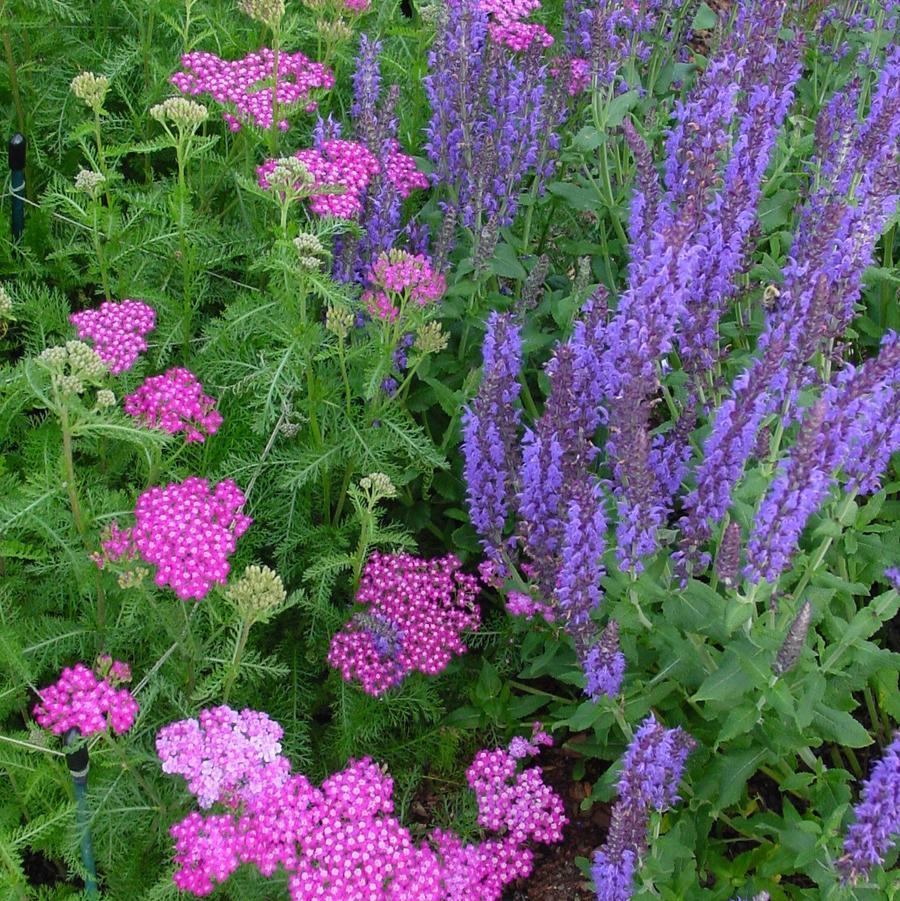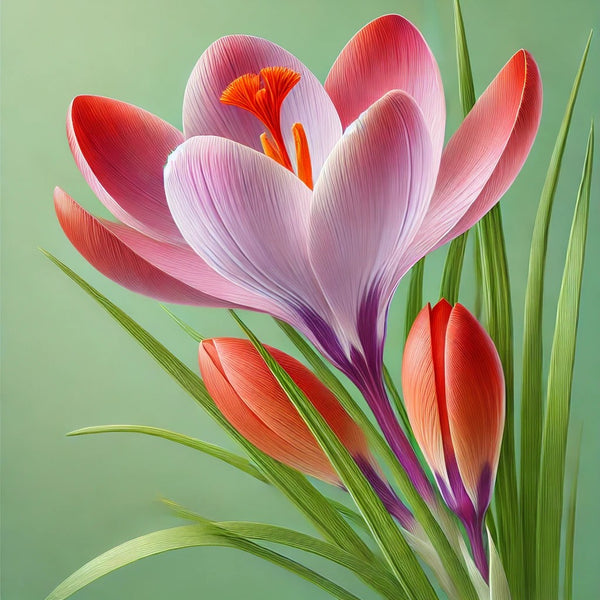1
/
of
20
Salvia nemorosa 'Blue Hill'-Pollinator Friendly-Fragrant Blooms 2 Gallon (Pack of 2)
Salvia nemorosa 'Blue Hill'-Pollinator Friendly-Fragrant Blooms 2 Gallon (Pack of 2)
Regular price
$91.99 USD
Regular price
$119.59 USD
Sale price
$91.99 USD
Unit price
/
per
Shipping calculated at checkout.
SKU:pecc0042-redcrocus
Couldn't load pickup availability
Salvia nemorosa 'Blue Hill'
Description
Salvia nemorosa 'Blue Hill', commonly known as 'Blue Hill' Meadow Sage, is a hardy perennial known for its stunning spikes of blue flowers and aromatic foliage. It is a popular choice for gardeners looking to add a splash of color to their landscapes while attracting pollinators.
Suggested Uses
This plant is ideal for borders, cottage gardens, and pollinator gardens. It can also be used in containers and makes an excellent cut flower.
Plant Details
-
 Botanical Name: Salvia nemorosa 'Blue Hill'
Botanical Name: Salvia nemorosa 'Blue Hill' -
 Common Name: 'Blue Hill' Meadow Sage
Common Name: 'Blue Hill' Meadow Sage -
 Size & Growth: 18-24 inches tall, 18 inches wide
Size & Growth: 18-24 inches tall, 18 inches wide -
 Hardiness Zones: 4-8
Hardiness Zones: 4-8 -
 Foliage Type: Deciduous
Foliage Type: Deciduous -
 Bloom Time: Late spring to early summer
Bloom Time: Late spring to early summer -
 Growth Rate: Moderate
Growth Rate: Moderate -
 Light Requirements: Full sun
Light Requirements: Full sun -
 Attracts Pollinators: Yes
Attracts Pollinators: Yes -
 Indoor Friendly: No
Indoor Friendly: No -
 Container Friendly: Yes
Container Friendly: Yes -
 Deer Resistant: Yes
Deer Resistant: Yes -
 Pet Warning: Non-toxic to pets
Pet Warning: Non-toxic to pets -
 Fragrant: Yes
Fragrant: Yes -
 Cut Flower: Yes
Cut Flower: Yes -
 Grows Well With: Lavender, Echinacea, Coreopsis
Grows Well With: Lavender, Echinacea, Coreopsis
Care Tips
-
 Planting Instructions: Plant in well-drained soil with full sun exposure.
Planting Instructions: Plant in well-drained soil with full sun exposure. -
 Soil Moisture: Keep soil moderately moist but not waterlogged.
Soil Moisture: Keep soil moderately moist but not waterlogged. -
 Soil Type: Prefers sandy or loamy soil.
Soil Type: Prefers sandy or loamy soil. -
 Humidity: Tolerates low humidity.
Humidity: Tolerates low humidity. -
 Pruning Instructions: Deadhead spent blooms to encourage more flowers.
Pruning Instructions: Deadhead spent blooms to encourage more flowers. -
 Winter Care: Mulch in colder zones to protect roots.
Winter Care: Mulch in colder zones to protect roots. -
 Planting Depth: Plant at the same depth as in the pot.
Planting Depth: Plant at the same depth as in the pot. -
 Fertilization: Fertilize in spring with a balanced fertilizer.
Fertilization: Fertilize in spring with a balanced fertilizer. -
 Special Care: Divide clumps every few years to maintain vigor.
Special Care: Divide clumps every few years to maintain vigor.
Share
